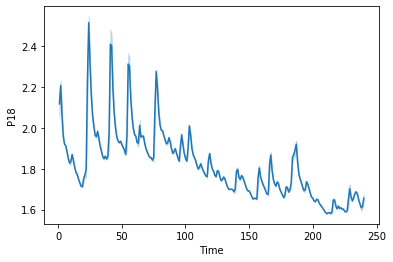Hi all,
Just (UPTADED) got rid of one error but now I got a new one:), playing grown-up lego is hard.
I am just starting my deep learning journey, and I am trying to fit an ( i believe 1d problem ) to a CNN,
I have a dataset which I already manipulate a little bit, so the signals are in equal length and on a correct format,
The dataset has 64 observations with 1024 attributes (timestamps). I tried to set up a convolutional 1d network, but I am getting a strange error:
RuntimeError: size mismatch, m1: [32 x 64], m2: [2048 x 128] at C:/w/1/s/tmp_conda_3.7_100118/conda/conda-bld/pytorch_1579082551706/work/aten/src\THC/generic/THCTensorMathBlas.cu:290
So, the way I thought about the problem was, if I have a 32 size batch of 1024 attributes and is one dimensional I would set the first conv layer as nn.Conv1d(1024, 32, 1, 4) then second conv layer as self.conv2 = nn.Conv1d(32, 64, 1 ,4). I understand the kernel has to be one ( I’m i right?) … Please see my code below:
class MulticlassClassification(nn.Module):
def __init__(self):
super(MulticlassClassification, self).__init__()
self.conv1 = nn.Conv1d(1024, 32, 1, 4)
self.conv2 = nn.Conv1d(32, 64, 1 ,4)
self.dropout1 = nn.Dropout2d(0.25)
self.dropout2 = nn.Dropout2d(0.5)
self.fc1 = nn.Linear(2048, 128) ## Im I getting this part right ( 32 * 64)
self.fc2 = nn.Linear(128, 3)
def forward(self, x):
x = x.unsqueeze(2) # to take care of the shape
x = self.conv1(x)
x = F.relu(x)
x = self.conv2(x)
x = F.relu(x)
x = F.max_pool2d(x, 2)
x = self.dropout1(x)
x = torch.flatten(x, 1)
x = self.fc1(x)
x = F.relu(x)
x = self.dropout2(x)
x = self.fc2(x)
output = F.log_softmax(x, dim=1)
return output
Any help will be much appreciated. Another quick question, I am sensibly approaching the problem? Perhaps should I transform the signals as an image or is an overkill 28x28?
Many thanks
